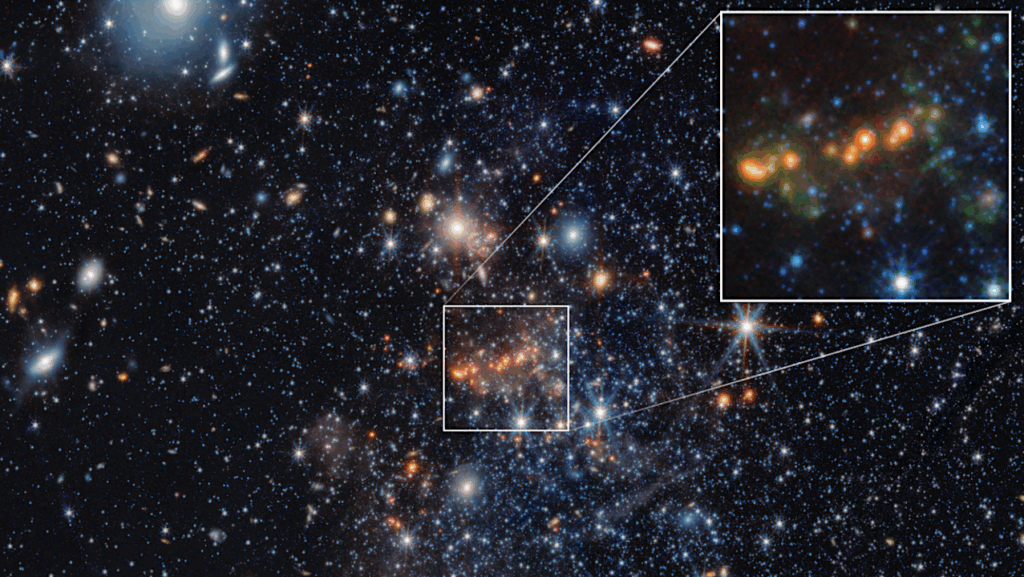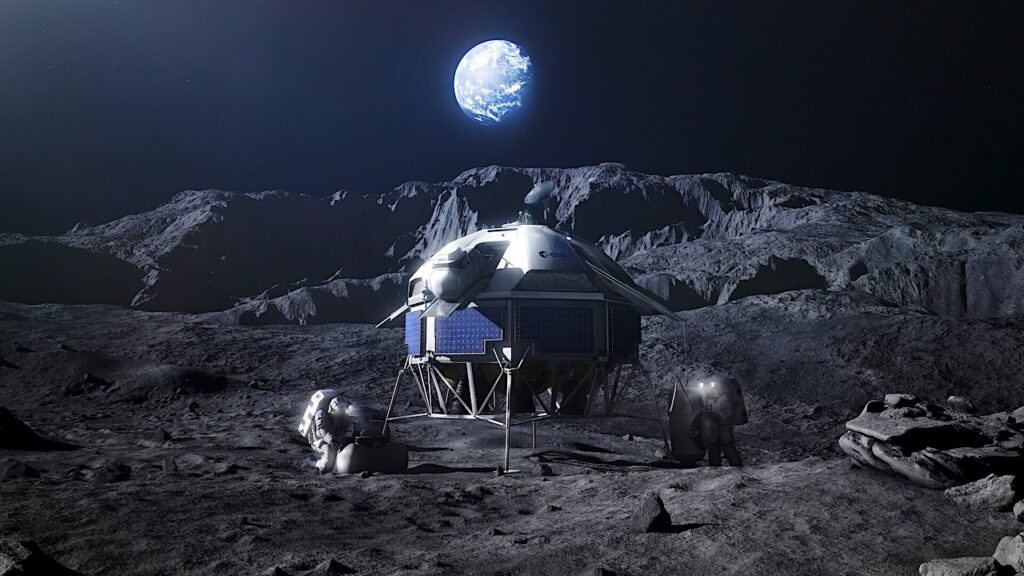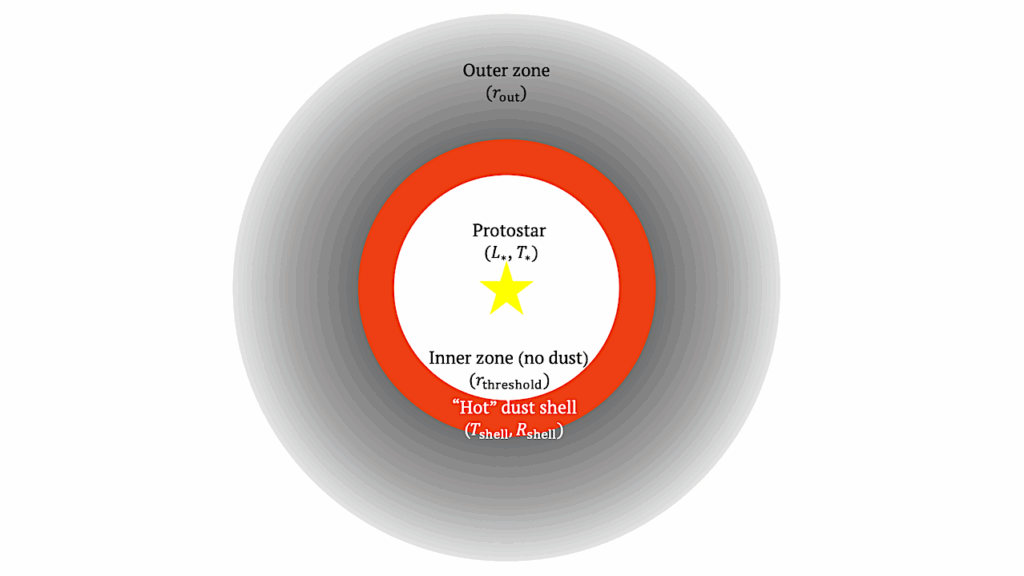Asteroid (101955) Bennu In The Laboratory: Properties Of The Sample Collected By OSIRIS-REx
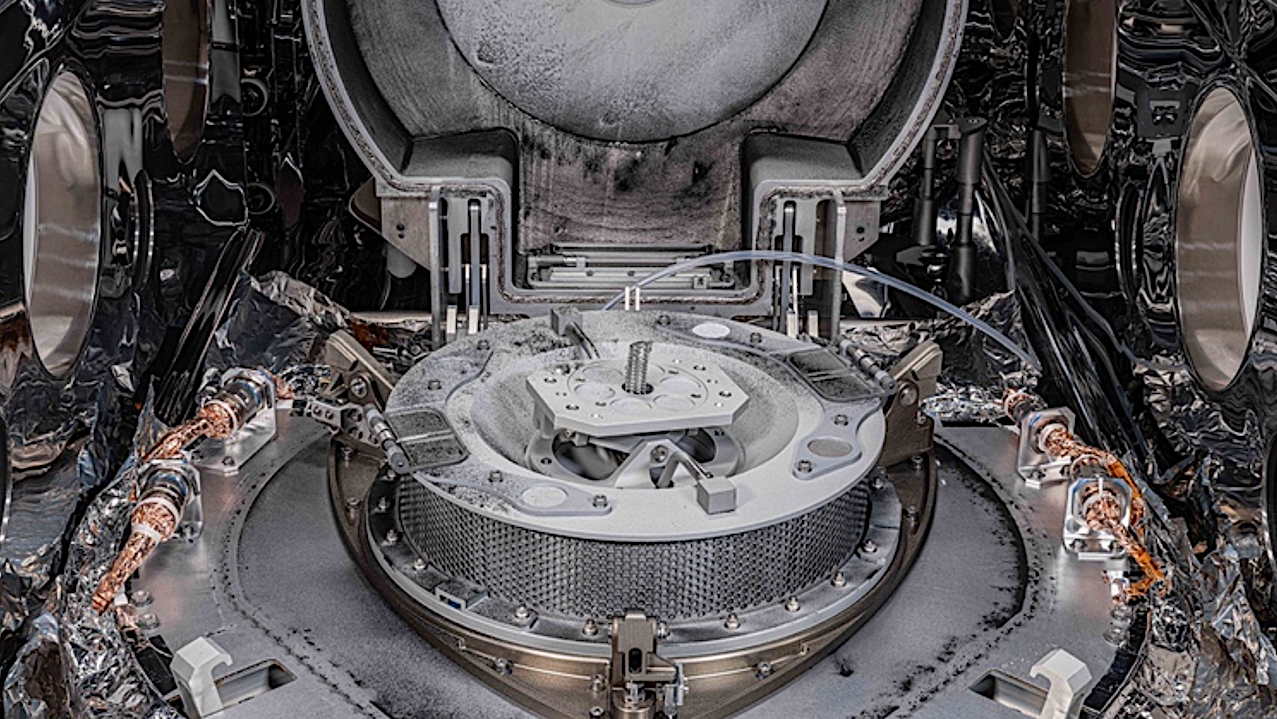
On 24 September 2023, the NASA OSIRIS-REx mission dropped a capsule to Earth containing approximately 120 g of pristine carbonaceous regolith from Bennu.
We describe the delivery and initial allocation of this asteroid sample and introduce its bulk physical, chemical, and mineralogical properties from early analyses. The regolith is very dark overall, with higher-reflectance inclusions and particles interspersed. Particle sizes range from sub-micron dust to a stone about 3.5 cm long. Millimeter-scale and larger stones typically have hummocky or angular morphologies.
A subset of the stones appears mottled by brighter material that occurs as veins and crusts. Hummocky stones have the lowest densities and mottled stones have the highest. Remote sensing of the surface of Bennu detected hydrated phyllosilicates, magnetite, organic compounds, carbonates, and scarce anhydrous silicates, all of which the sample confirms.
We also find sulfides, presolar grains, and, less expectedly, Na-rich phosphates, as well as other trace phases. The sample composition and mineralogy indicate substantial aqueous alteration and resemble those of Ryugu and the most chemically primitive, low-petrologic-type carbonaceous chondrites. Nevertheless, we find distinct hydrogen, nitrogen, and oxygen isotopic compositions, and some of the material we analyzed is enriched in fluid-mobile elements.
Our findings underscore the value of sample return, especially for low-density material that may not readily survive atmospheric entry, and lay the groundwork for more comprehensive analyses.
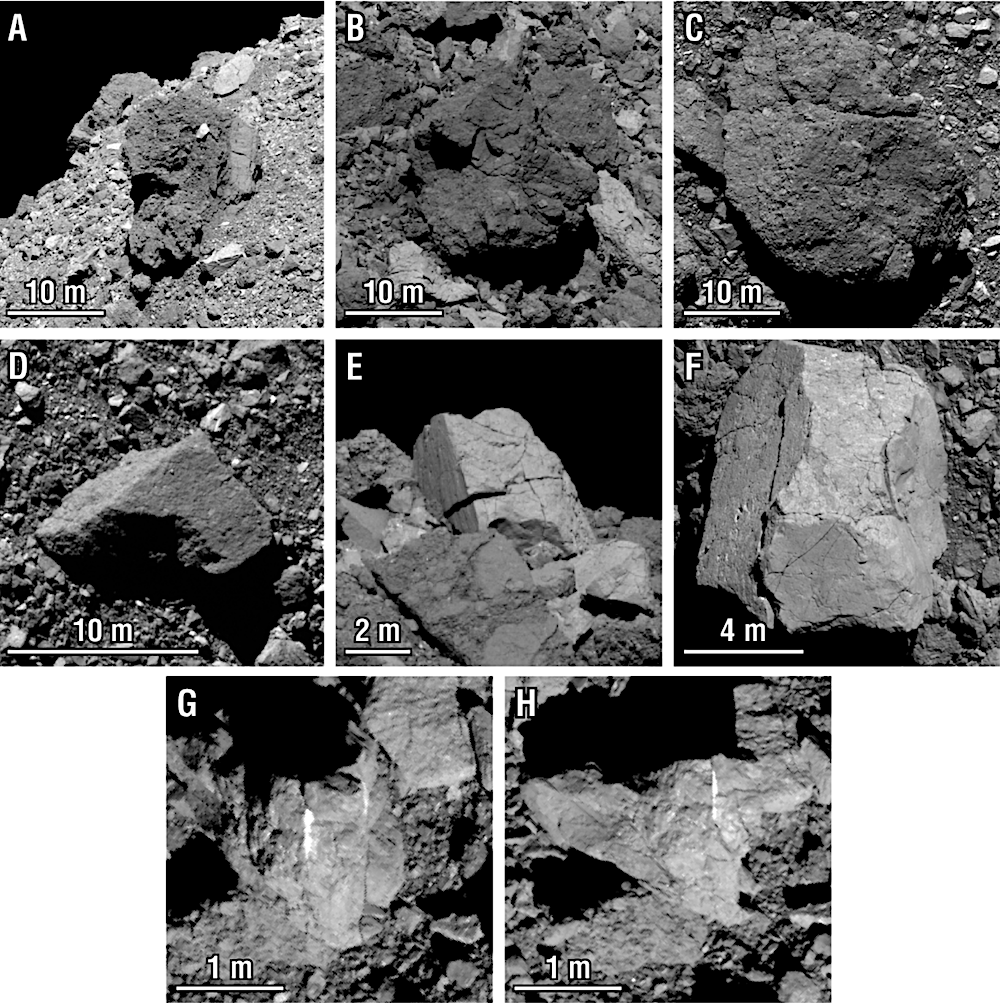
Examples of boulder types on Bennu. (A) In this boulder, called Gargoyle Saxum, most of the visible area exhibits the type A texture. The type B texture can also be seen at its base (upper right in this orientation). (B,C) Ciinkwia and Boobrie Saxa, both type A boulders. (D) Pouakai Saxum, a type B boulder. (E,F) Examples of type C boulders. (G,H) Two views of a type D boulder with high-reflectance veins. All images taken by PolyCam. [Image credits: NASA/Goddard/University of Arizona] — astro-ph.EP

Examples of magnetite and sulfide. (A) Magnetite framboids. (B) Magnetite spheres with radially projecting needles next to dodecahedral crystals. (C) Dodecahedral magnetite with surface etching. (D) Magnetite plaquettes. (E,F) Pseudohexagonal plates of pyrrhotites. — astro-ph.EP
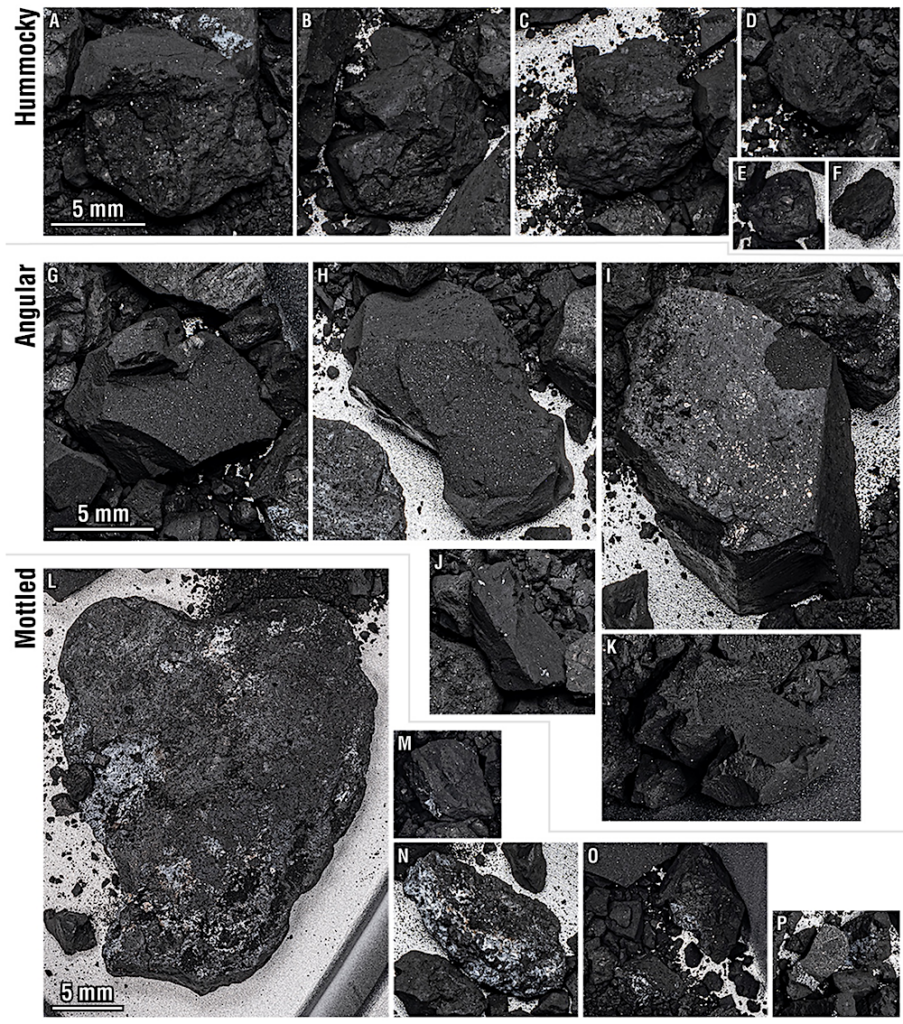
Three broad categories of particles observed in the sample. AIVA images showing examples of hummocky (A–F), angular (G–K), and mottled (L–P) particles. — astro-ph.EP

The bulk Bennu sample in the glovebox. (A) Sample obtained from the top of the Mylar flap (left two trays) and scooped from beneath it (right two trays). (B) Sample poured from the TAGSAM into eight trays. — astro-ph.EP

The opened science canister in the glovebox at JSC. The cylindrical TAGSAM head is positioned in the center of the avionics deck. Dark particles and dust can be seen on the avionics deck, the top of TAGSAM, and the inside of the canister’s lid. — astro-ph.EP
Dante S. Lauretta, Harold C. Connolly Jr., Joseph E. Aebersold, Conel M. O. D. Alexander, Ronald-L. Ballouz, Jessica J. Barnes, Helena C. Bates, Carina A. Bennett, Laurinne Blanche, Erika H. Blumenfeld, Simon J. Clemett, George D. Cody, Daniella N. DellaGiustina, Jason P. Dworkin, Scott A. Eckley, Dionysis I. Foustoukos, Ian A. Franchi, Daniel P. Glavin, Richard C. Greenwood, Pierre Haenecour, Victoria E. Hamilton, Dolores H. Hill, Takahiro Hiroi, Kana Ishimaru, Fred Jourdan, Hannah H. Kaplan, Lindsay P. Keller, Ashley J. King, Piers Koefoed, Melissa K. Kontogiannis, Loan Le, Robert J. Macke, Timothy J. McCoy, Ralph E. Milliken, Jens Najorka, Ann N. Nguyen, Maurizio Pajola, Anjani T. Polit, Heather L. Roper, Sara S. Russell, Andrew J. Ryan, Scott A. Sandford, Paul F. Schofield, Cody D. Schultz, Shogo Tachibana, Kathie L. Thomas-Keprta, Michelle S. Thompson, Valerie Tu, Filippo Tusberti, Kun Wang, Thomas J. Zega, C. W. V. Wolner, the OSIRIS-REx Sample Analysis Team
Comments: 73 pages, 22 figures
Subjects: Earth and Planetary Astrophysics (astro-ph.EP); Instrumentation and Methods for Astrophysics (astro-ph.IM)
Cite as: arXiv:2404.12536 [astro-ph.EP] (or arXiv:2404.12536v1 [astro-ph.EP] for this version)
Submission history
From: Dante Lauretta
[v1] Thu, 18 Apr 2024 23:07:45 UTC (13,484 KB)
https://arxiv.org/abs/2404.12536
Astrobiology, Astrochemistry,


